Contents
How Does Piezoelectric Work
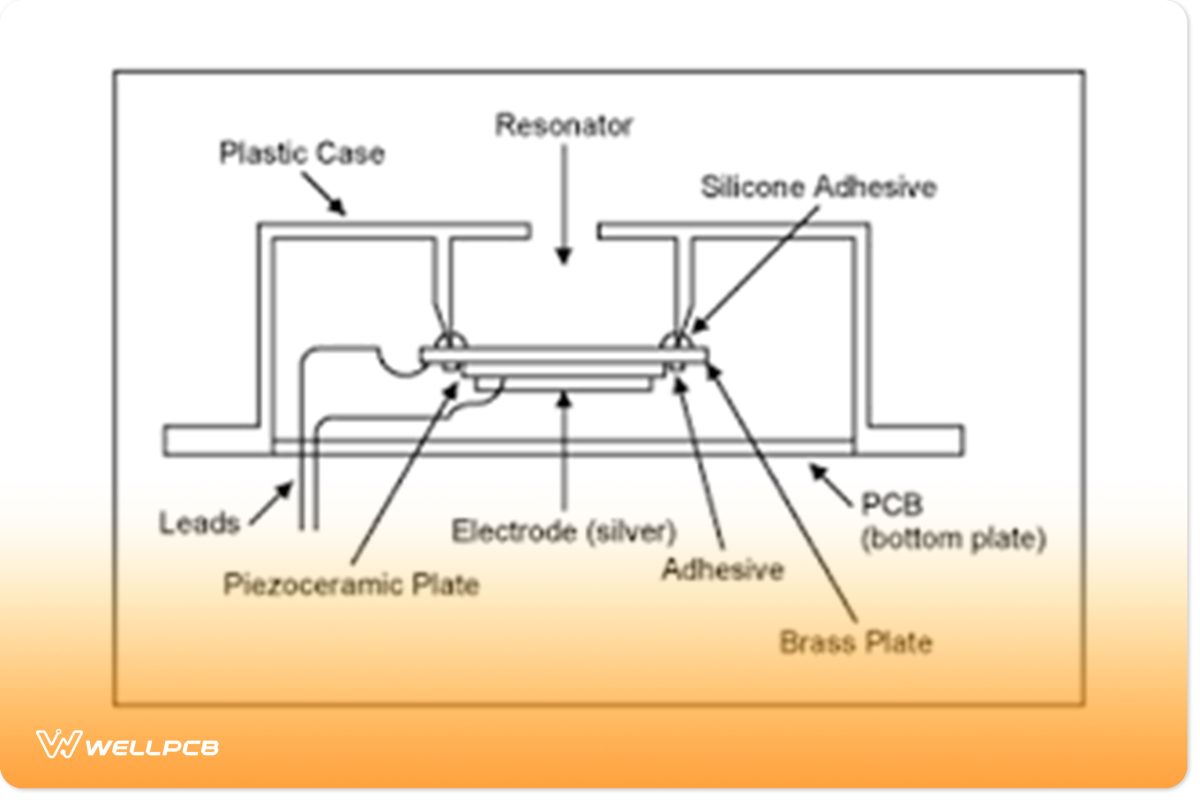
Piezoelectricity mechanics illustration.
Source: https://www.audiowell.com/technology/187.html
Piezoelectric was a term coined by two French scientists brothers, Jacques and Pierre Curie, after discovering that applying pressure on two quartz (or certain crystals) creates an electric charge.
Piezo comes from the Greek word ’piece in,’ which means Squeeze or press. Therefore, piezoelectricity means ‘squeezing electricity.’ Namely, pressing two crystals to make electrical energy. The piezo crystal helps turn mechanical (sound energy) into electrical signals that the electrical device can interpret.
This technology is currently in rapid development. And many companies are presently using this phenomenon as a foundation for more advanced technology. For example, the new ceramic audio tone transducer is the brainchild of piezoelectricity.
What is the Piezoelectric Effect?
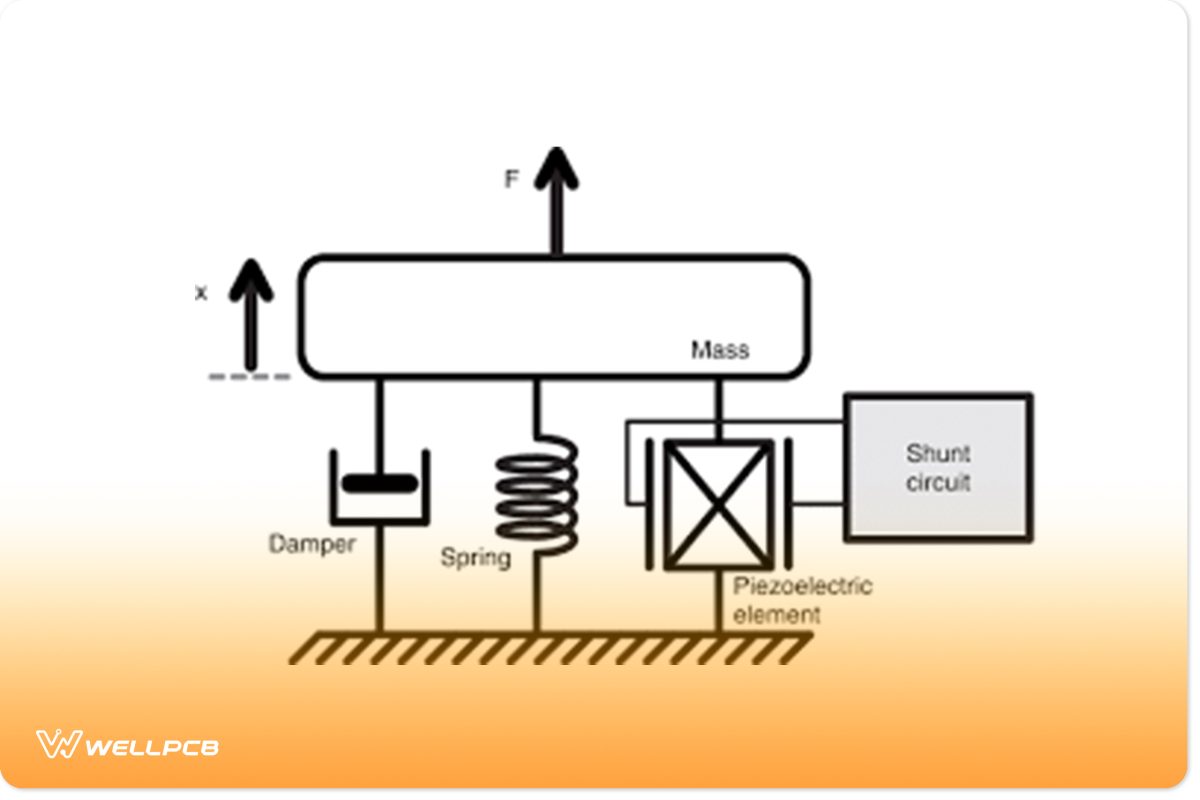
Piezoelectric Effect illustration.
The Piezoelectric effect is the ability to squeeze two specific materials together to make an electrical current. Applying mechanical stress to these materials helps create an alternating negative and positive charge on the material, creating an active electrical field.
However, this unique characteristic of piezoelectricity is also reversible. Materials that present a direct piezoelectric effect can also exhibit an inverse piezoelectric effect.
The inverse piezoelectric effect is helpful in many areas that involve the production, detection, and distribution of sound. Also, it includes microbalances, ignition source mechanics, electronic frequency generation, production of high voltages, etc.
Direct Piezoelectric Effect
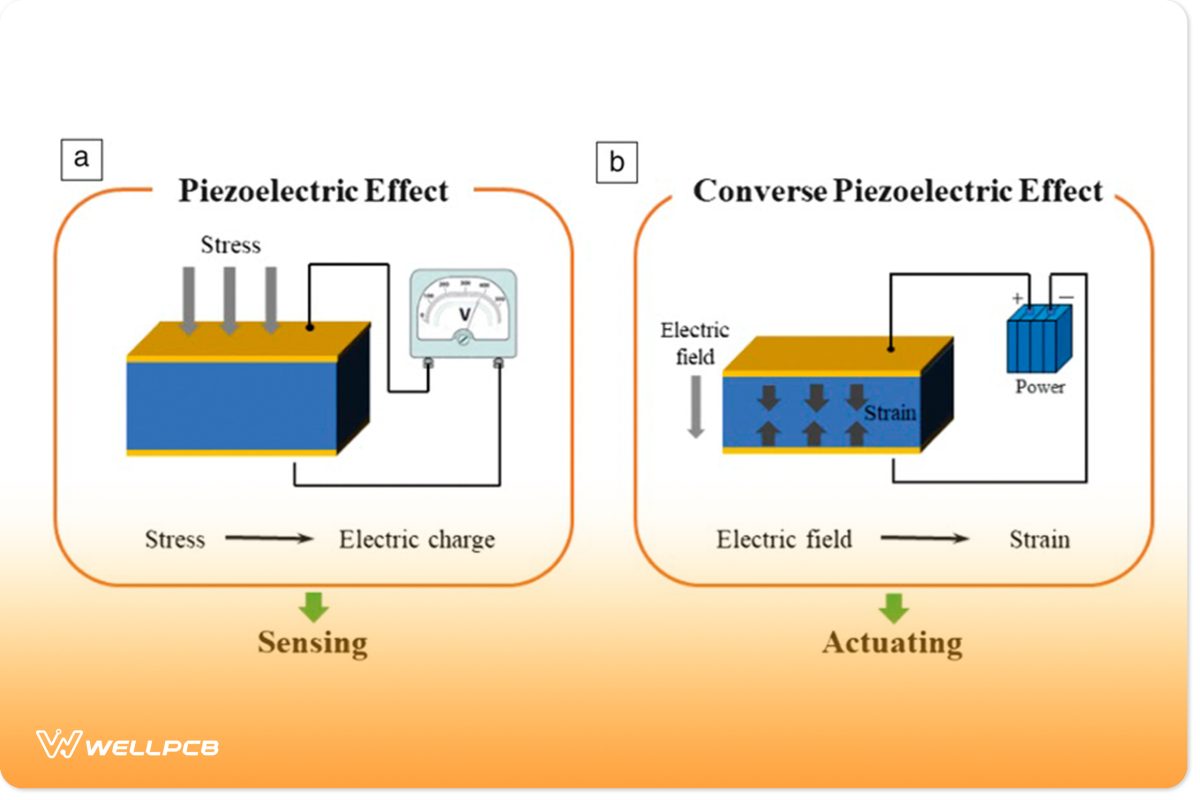
Illustration of piezoelectric and converse piezoelectric.
As stated before, squeezing a piezoelectric crystal produces piezoelectricity.
In the illustration, when you place a non-conducive piezoelectric material between two metal plates and squeeze or compress them together, they produce an electric current. The metal plates act as the transmitter of this electric current.
The electric current produced creates a current – known as the piezoelectric effect.
Inverse Piezoelectric Effect
You create an inverse piezoelectric when you apply a direct electrical voltage to make a piezoelectric material expand or shrink. Thus, this creates an inverse piezoelectric effect – converting electrical energy into mechanical energy.
Utilizing this method helps make devices that produce acoustic sound, e.g., piezoelectric speakers and piezoelectric microphones. Such piezoelectric devices are very functional as they are thin and can fit into various small appliances. Likewise, the same principle applies to devices such as sonar transducers and medical ultrasounds.
https://www.youtube.com/watch?v=P9Kod4q-8XM
Piezoelectric Materials
Various materials, both natural and artificial, exhibit piezoelectric effects. When you apply pressure (mechanical stress) and deform by applying high voltage, they produce electricity.
As a rule, these materials are non-conductive. And this is the only way the piezoelectric effect can occur.
The piezoelectric materials come in two main categories:
- Piezoelectric crystal
- Piezoelectric ceramic
Examples of naturally occurring piezoelectric materials are Berlinite, quartz, Rochelle salt, tourmaline, etc. Examples of artificial piezoelectric materials include lead zirconate titanate (PZT), barium titanate, cane sugar, and lithium niobate.
Compared to biological materials, manufactured materials are more effective and have better material use. For example, lead zirconate titanate produces a higher voltage than quartz when you exert the same pressure, and this is true when you apply a high-voltage current to the two materials.
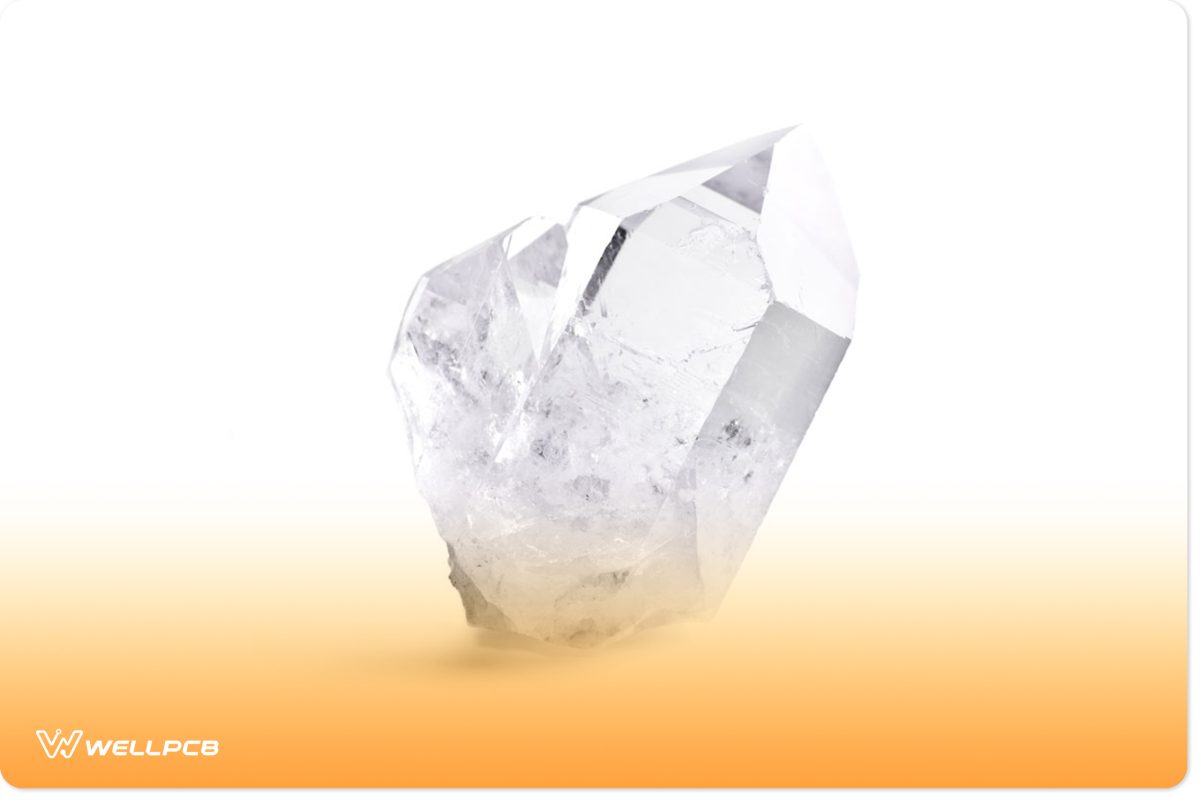
Piezoelectric Materials
Applications
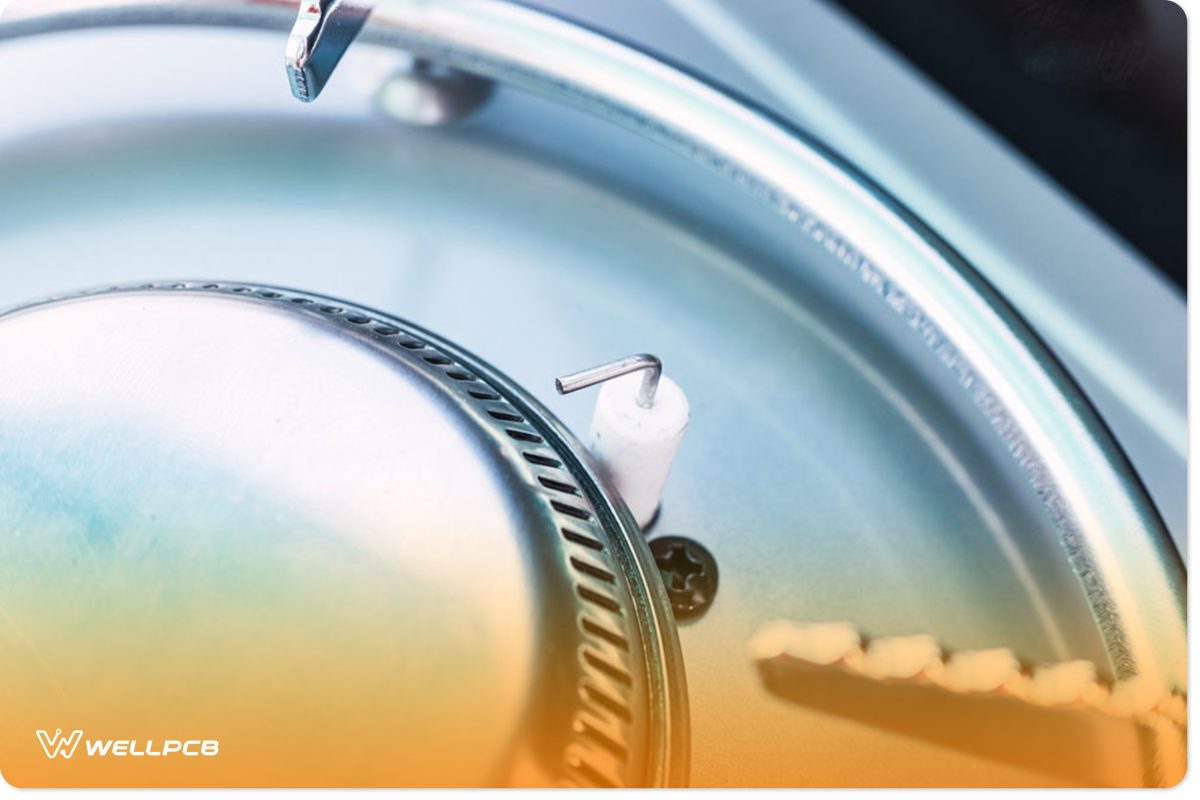
Piezoelectric spark generator burner on a gas cooker burner
Today, piezoelectric transducers and sensor applications are everywhere. There is probably some piezoelectric material in every device on the market today.
Take this subway in Tokyo, for example. It uses the principle as an alternative source of energy.
Here are some typical everyday applications of the piezoelectric principle.
Piezo Sensor
Piezoelectric sensors convert a physical dimension into a force that acts on two opposing faces of the sensory element. In simple terms, the sensors detect the pressure variations brought about by sound.
They require no external voltage source and work to generate results from the pressure applied.
Piezoelectric sensors are susceptible, making them perfect for high-frequency sound devices like ultrasonic transducers for medical imaging and industrial machine monitoring.
Piezoelectric sensors have the following main characteristics;
- First, high strength and thin in size
- Second, high mechanical strength
- Then, high stability and elastic compliance
- Besides, a wide frequency range
- Also, impact resistance
- Finally, high-voltage output
High Voltage and Power Sources
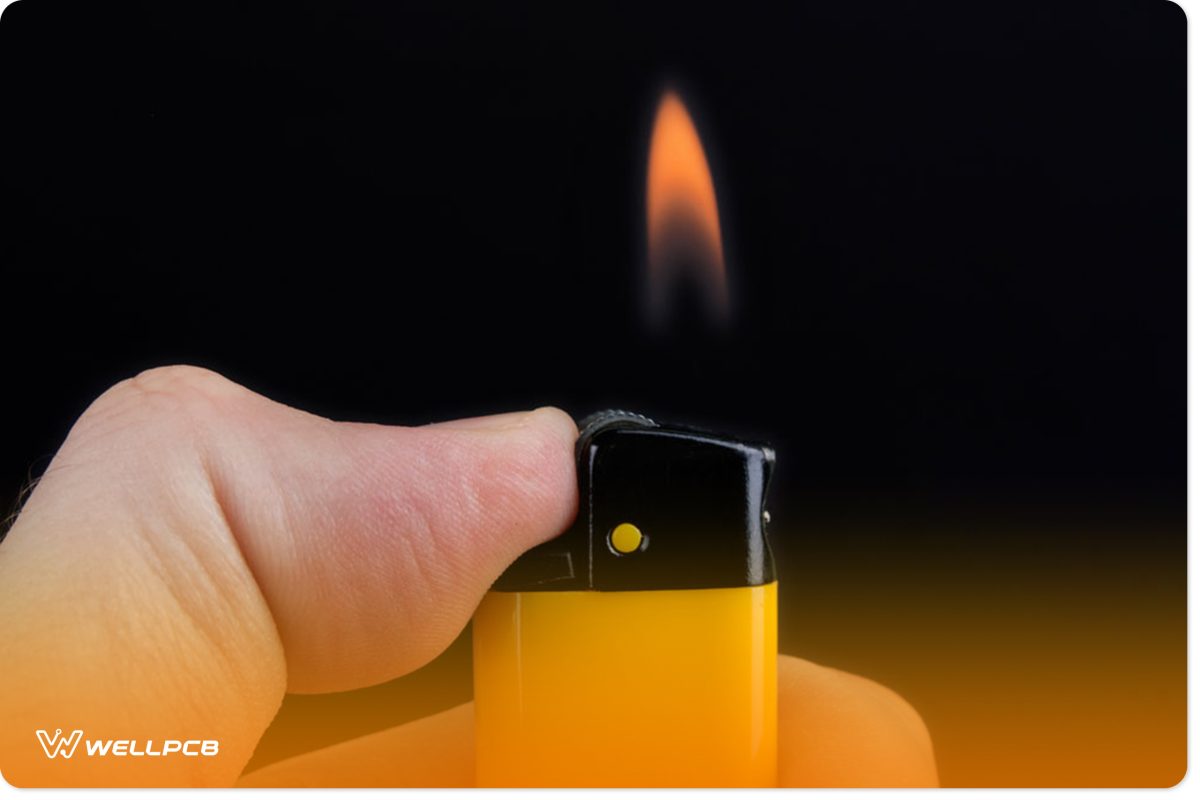
Cigarette lighter using the piezoelectric principle
This is the most popular practical application of the piezoelectric principle there is. The best examples are gas grills and electric cigarette lighters. Plus, all you do is press a button, and a spring-loaded hammer hits a piezoelectric crystal. Which then produces a sufficient spark that causes an electrical charge to ignite the gas.
Motors
The main advantage of the piezoelectric effect is the tiny change in correspondence to high-voltage applications – making it perfect for use with extreme accuracy in positioning.
That is why piezoelectric motors have many advantages compared to conventional electromagnetic engines. Besides, they provide greater force and torque despite being generally smaller and more compact.
In addition, electromagnetic fields do not affect the performance of piezoelectric devices, which makes them better for rapid start and stop.
Piezoelectric Actuators
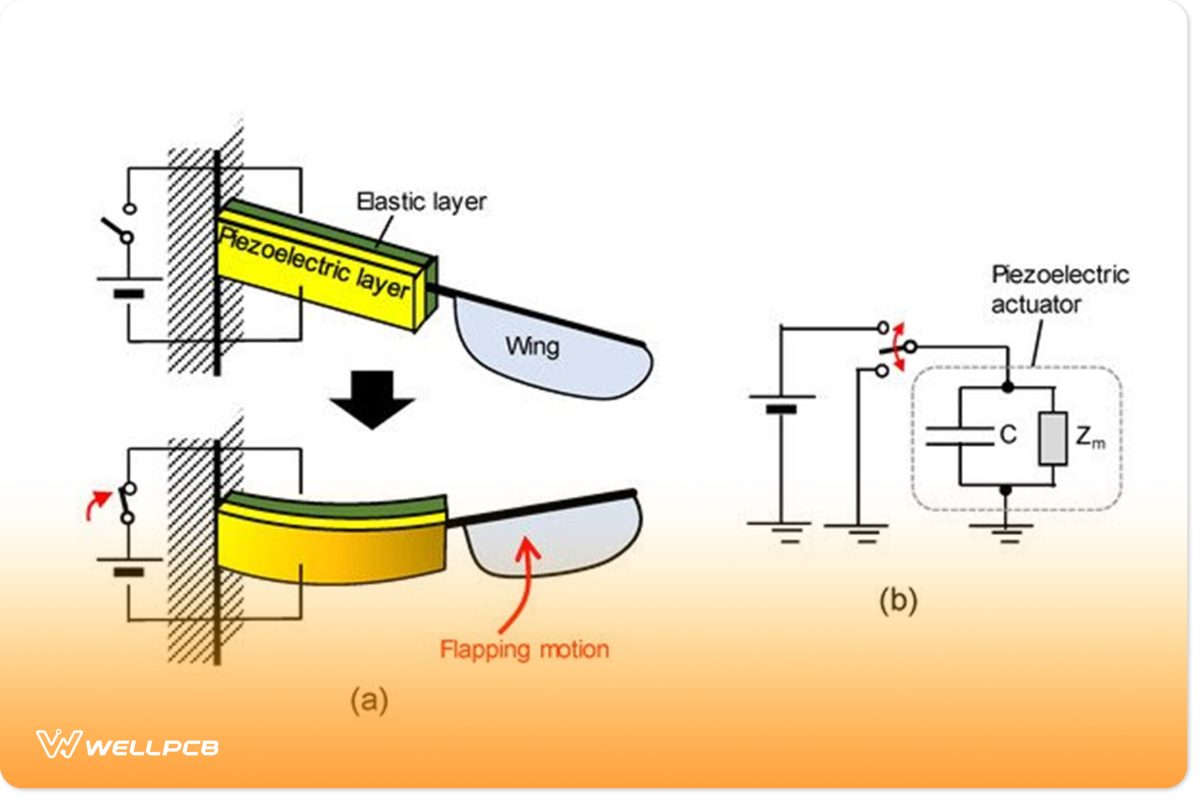
Piezoelectric actuator illustration.
Source: https://www.mdpi.com/1996-1073/13/11/2866
Actuators utilize the inverse piezoelectric effect to power devices such as braille and knitting machines. Inside the actuator system, a piezoelectric material sits between a metal plate and an actuator device.
Applying a high voltage current into this system causes the piezoelectric material to expand and contract at intervals, causing the actuator to move rhythmically.
These actuators are beneficial, especially in devices that require precise positioning, like mirrors in satellites. Also, due to their simple design and minimum moving parts, they are great for miniaturized devices such as video cameras and mobile phones.
Pros and Cons of Piezoelectricity
Despite all the praise, piezoelectricity also has some limitations. Here are some of the main pros and cons of piezoelectricity.
| Advantages | Disadvantages |
| Ability to operate at any temperature | Their vibration sensitivity makes them prone to random vibrations. |
| No effect from the electromagnetic field. | Have a low carbon footprint, making them the best alternative to fossil fuel. |
| Have a low carbon footprint, making them the best alternative to fossil fuels. | |
| Highly reusable materials | |
| Their tiny response to high frequency makes them the best energy harvesters. |
Piezoelectric Generators
A piezoelectric generator (also known as PEG) utilizes piezo sensors to convert mechanical energy into electrical energy without any physical rotation – typically found in traditional generators. As such, piezoelectric generators come in small, compact, and very manageable sizes.
In this generation, Piezoelectrics generators are a much-welcome breakthrough in power generation. Although not yet achieved, they possess the power to bring the dream of self-powered wireless electronic devices into reality.
It might still be a long way until we can actualize this dream; however, piezoelectric generators have proven reliable, stable, and highly durable power sources. Experts believe that it will not be long until piezoelectric generators can replace a big chunk of our power needs.
Benefits and Limitations of Piezoelectric Generators
Benefits
- Firstly, versatile in size. Due to their unique characteristics, piezo elements come in highly flexible sizes and designs. They can be as flat as you need them to be to fit in any miniature device.
Second, piezo elements harvest energy that would otherwise go to waste. For example, a piezo motor attached to a footbridge gathers the vibration from the footwork and converts it to electrical energy. This works as an alternative source of energy and a way to reduce noise from the environment.
Limitations
- They have limited power output. A piezoelectric generator needs constant vibrations to generate constant power. Therefore, the power generated is directly proportional to the stress applied. You can increase the output by stacking together multiple piezoelectric elements. However, after a certain point, there are diminishing returns since it will need more pressure to work the system.
Conclusion
So, how does piezoelectric work? In summary, piezoelectric materials can conveniently convert mechanical energy into electrical energy. The unique characteristics of these materials make them highly useful in many technology areas. Especially areas that need precise positioning.
The piezoelectric technology applications are limitless, and there are many possibilities to explore. Tech manufacturers such as WellPCB are at the frontline in integrating this technology into everyday use.





